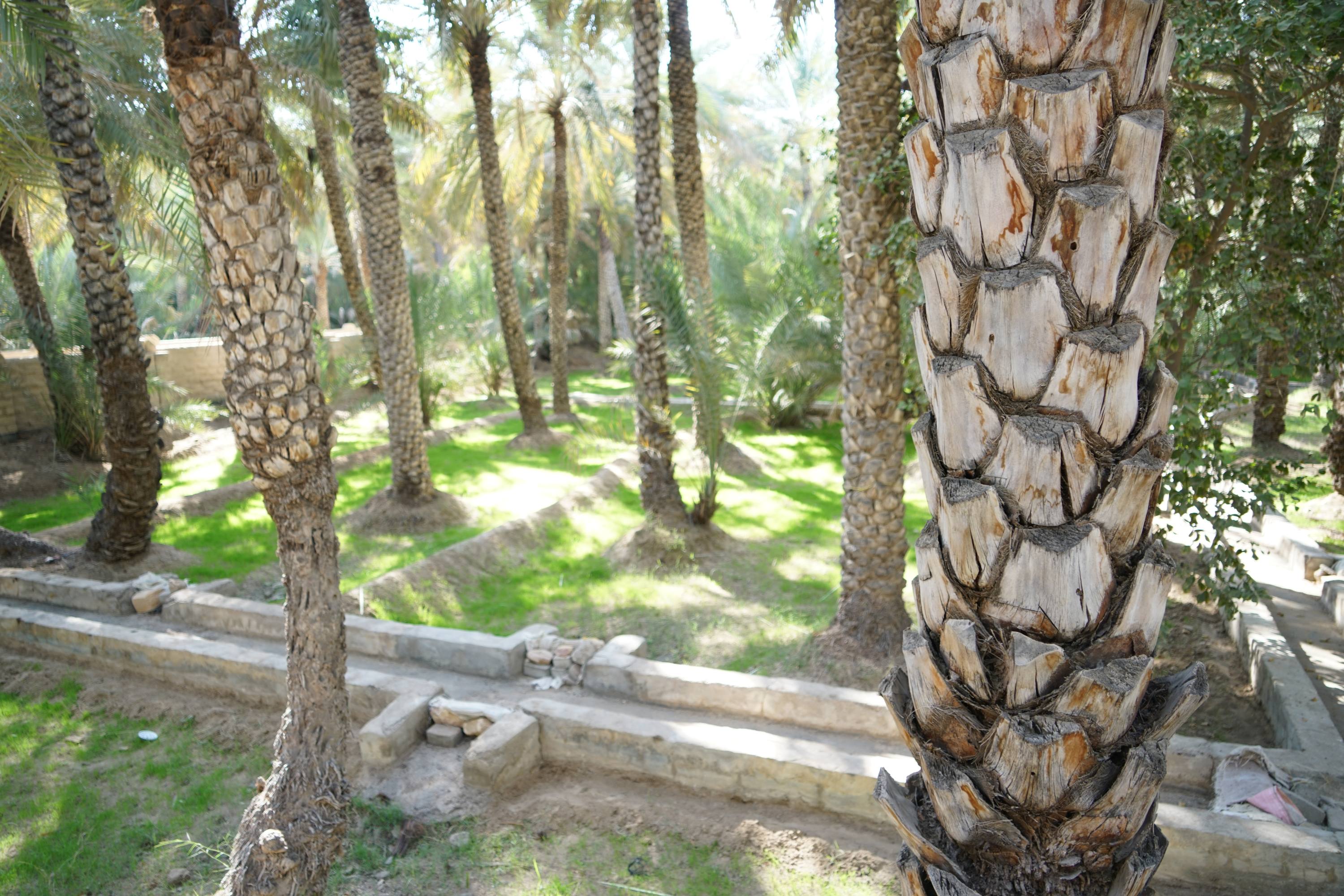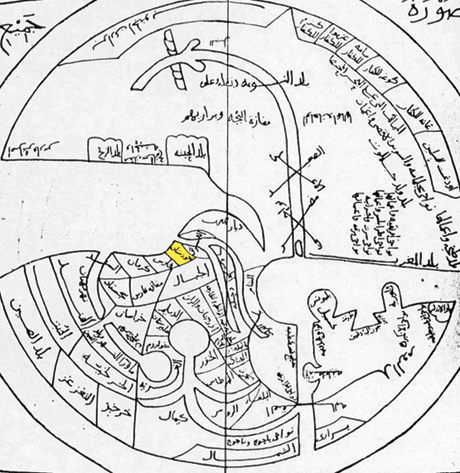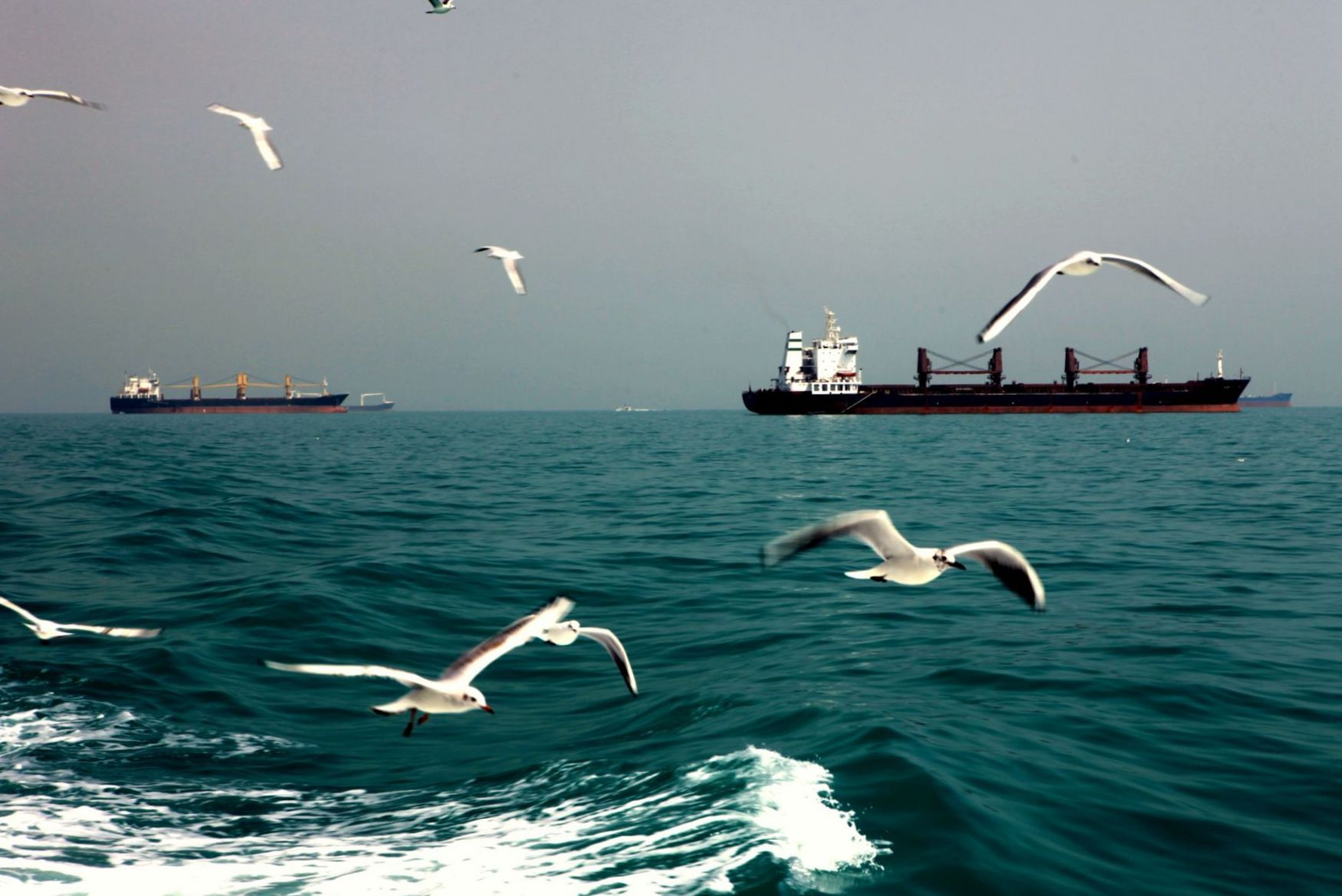|
Sohar
Sohar ( ar, صُحَار, also Romanized as Suḥār) is the capital and largest city of the Al Batinah North Governorate in Oman. An ancient capital of the country that once served as an important Islamic port town, Suhar has also been credited as the mythical birthplace of Sinbad the Sailor. According to the 2010 census, Suhar's population was 140,006, making it Oman's fifth most-populated settlement. Described as an industrial town, the development of the Sohar Industrial Port during the 2000s has transformed it into a major Omani industrial hub. History As the largest town in the region, it has been argued that Suhar is identified with the ancient town called 'Omanah' ( ar, عُمَانَة) mentioned by Pliny the Elder in his '' Natural History''. This settlement is believed to have given Oman its name. According to Al-Tabari, in 893 or 894, during the Abbasid era, there was a dispute about who should rule Oman amongst local factions. A faction that approached the Abbas ... [...More Info...] [...Related Items...] OR: [Wikipedia] [Google] [Baidu] |
Port Of Sohar
SOHAR Port and Freezone is a deep-sea port and adjacent free zone in the Middle East, located in Sohar, Sultanate of Oman, midway between Dubai and Muscat. With current investments exceeding $26 billion, it is one of the world's fastest growing port and free zone developments and lies at the centre of global trade routes between Europe and Asia. The Freezone is a 4,500 - hectare development that, together with the Port, has attracted global investments of over US$26 billion. The Port handles over one million tonnes of sea cargo each week and around 3,500 ships a year; it is equipped with deep-water jetties capable of handling the world's largest vessels, the Valemax class of dry bulk carriers. Geography The town of Sohar lies in the centre of the Al Batinah Region, in the North of Oman. This provides SOHAR Port with a strategic location outside the Strait of Hormuz - the only stretch of water between the Gulf and the Indian Ocean, and an important means of sea transportation ... [...More Info...] [...Related Items...] OR: [Wikipedia] [Google] [Baidu] |
Sohar Industrial Port
SOHAR Port and Freezone is a deep-sea port and adjacent free zone in the Middle East, located in Sohar, Sultanate of Oman, midway between Dubai and Muscat. With current investments exceeding $26 billion, it is one of the world's fastest growing port and free zone developments and lies at the centre of global trade routes between Europe and Asia. The Freezone is a 4,500 - hectare development that, together with the Port, has attracted global investments of over US$26 billion. The Port handles over one million tonnes of sea cargo each week and around 3,500 ships a year; it is equipped with deep-water jetties capable of handling the world's largest vessels, the Valemax class of dry bulk carriers. Geography The town of Sohar lies in the centre of the Al Batinah Region, in the North of Oman. This provides SOHAR Port with a strategic location outside the Strait of Hormuz - the only stretch of water between the Gulf and the Indian Ocean, and an important means of sea transportation ... [...More Info...] [...Related Items...] OR: [Wikipedia] [Google] [Baidu] |
Oman
Oman ( ; ar, عُمَان ' ), officially the Sultanate of Oman ( ar, سلْطنةُ عُمان ), is an Arabian country located in southwestern Asia. It is situated on the southeastern coast of the Arabian Peninsula, and spans the mouth of the Persian Gulf. Oman shares land borders with Saudi Arabia, the United Arab Emirates, and Yemen, while sharing Maritime boundary, maritime borders with Iran and Pakistan. The coast is formed by the Arabian Sea on the southeast, and the Gulf of Oman on the northeast. The Madha and Musandam Governorate, Musandam exclaves are surrounded by the United Arab Emirates on their land borders, with the Strait of Hormuz (which it shares with Iran) and the Gulf of Oman forming Musandam's coastal boundaries. Muscat is the nation's capital and largest city. From the 17th century, the Omani Sultanate was Omani Empire, an empire, vying with the Portuguese Empire, Portuguese and British Empire, British empires for influence in the Persian Gulf and Indian ... [...More Info...] [...Related Items...] OR: [Wikipedia] [Google] [Baidu] |
Al Batinah North Governorate
Al Batinah North Governorate ( ar, محافظة شمال الباطنة Muḥāfaẓat Šamāl al-Bāṭinah) is a governorate of Oman. It was created on 28 October 2011 when Al Batinah Region was split into Al Batinah North Governorate and Al Batinah South Governorate. The centre of the governorate is the wilayat of Sohar. Provinces Al Batinah North Governorate consists of six provinces (wilayat): *Sohar *Shinas * Liwa * Saham *Al Khaboura *Suwayq Al Suwaiq ( ar, السويق) is a coastal wilayah (province) in the region of Al Bāţinah, in northeastern Oman. It is located at around . The name of the town refers in Arabic Language to Market, it is named by this name because it located in ... Demographics References {{Authority control Governorates of Oman ... [...More Info...] [...Related Items...] OR: [Wikipedia] [Google] [Baidu] |
Wajihids
The Wajihids ( ar, بَنُو وَجِيْه, Banū Wajīh) were an Arab dynasty that ruled in coastal Oman in the early and mid-10th century AD. Their capital was the town of Suhar, after moving there from Al-Buraimi Oasis or Tawam, where they had been in the 9th century. History The origins and history of this dynasty are obscure. They may have been of either Omani or Bahraini origin, and they were possibly related to Ahmad ibn Hilal, a previous governor of Oman on behalf of the Abbasid Caliphate.Wilkinson, p. 333; al-Salimi, pp. 375-6. Miles, pp. 102-3, offered a different theory about the Wajihids, stating that Yusuf b. Wajih was a Turkish officer who was sent to Oman on behalf of the Abbasid government; this idea has not been adopted by more recent historians In any event, by about 929,Wilkinson, p. 333 the coastal regions of Oman were under the control of Yūsuf ibn Wajīh ( ar, يُوْسُف ابْن وَجِيْه), the first member of the dynasty. According to the ... [...More Info...] [...Related Items...] OR: [Wikipedia] [Google] [Baidu] |
Governorates Of Oman
Oman is divided into eleven governorates (''muhafazah''), and has been since 28 October 2011. Each of the 11 governorates are divided into ''wilayat'' (provinces). Regions and governorates before 2011 Before 28 October 2011, Oman was divided into five regions (''mintaqah'') and four governorates (''muhafazah''). The governorates were Muscat, Dhofar, Buraimi and Musandam. Buraimi was created in October 2006 from parts of Ad Dhahirah Region. The regions are further subdivided into 61 wilayat. Each region has one or more regional center with a grand total of twelve. See also * ISO 3166-2:OM References External linksArabian names at Geonames.de [...More Info...] [...Related Items...] OR: [Wikipedia] [Google] [Baidu] |
Tawam (region)
ar, وَاحَة ٱلْبُرَيْمِي, Wāḥat Al-Buraymī , native_name_lang = ar , image_skyline = Mezyad Fort.jpg , image_caption = Mezyad Fort in Al Ain (UAE), with Jebel Hafeet, which is partially in the Omani Governorate of Al-Buraimi, in the background , parts = Al-Ain () Al-Buraimi () Tawam ( ar, تَوَام, Tawām), also Tuwwam, Tu'am, or "Al-Buraimi Oasis" ( ar, وَاحَة ٱلْبُرَيْمِي, Wāḥat Al-Buraymī), is a historical oasis region in Eastern Arabia that stretched from, or was located between, the Western Hajar Mountains to the Persian Gulf coast, nowadays forming parts of what is now the United Arab Emirates and western Oman. It is marked by the twin settlements of Al Ain and Al-Buraimi on the UAE-Omani border. Etymology and geography Al-Ain is main settlement in the Eastern Region of the Emirate of Abu Dhabi, located on the country's eastern border with Oman, where the adjacent town of Al-Buraimi is located. ... [...More Info...] [...Related Items...] OR: [Wikipedia] [Google] [Baidu] |
Buwayhids
The Buyid dynasty ( fa, آل بویه, Āl-e Būya), also spelled Buwayhid ( ar, البويهية, Al-Buwayhiyyah), was a Shia Iranian dynasty of Daylamite origin, which mainly ruled over Iraq and central and southern Iran from 934 to 1062. Coupled with the rise of other Iranian dynasties in the region, the approximate century of Buyid rule represents the period in Iranian history sometimes called the 'Iranian Intermezzo' since, after the Muslim conquest of Persia, it was an interlude between the rule of the Abbasid Caliphate and the Seljuk Empire. The Buyid dynasty was founded by 'Ali ibn Buya, who in 934 conquered Fars and made Shiraz his capital. His younger brother Hasan ibn Buya conquered parts of Jibal in the late 930s, and by 943 managed to capture Ray, which he made his capital. In 945, the youngest brother, Ahmad ibn Buya, conquered Iraq and made Baghdad his capital. He received the ''laqab'' or honorific title of ''Mu'izz al-Dawla'' ("Fortifier of the State"). The e ... [...More Info...] [...Related Items...] OR: [Wikipedia] [Google] [Baidu] |
United Arab Emirates
The United Arab Emirates (UAE; ar, اَلْإِمَارَات الْعَرَبِيَة الْمُتَحِدَة ), or simply the Emirates ( ar, الِْإمَارَات ), is a country in Western Asia (The Middle East). It is located at the eastern end of the Arabian Peninsula and shares borders with Oman and Saudi Arabia, while having maritime borders in the Persian Gulf with Qatar and Iran. Abu Dhabi is the nation's capital, while Dubai, the most populous city, is an international hub. The United Arab Emirates is an elective monarchy formed from a federation of seven emirates, consisting of Abu Dhabi (the capital), Ajman, Dubai, Fujairah, Ras Al Khaimah, Sharjah and Umm Al Quwain. Each emirate is governed by an emir and together the emirs form the Federal Supreme Council. The members of the Federal Supreme Council elect a president and vice president from among their members. In practice, the emir of Abu Dhabi serves as president while the ruler of Dubai is vice pre ... [...More Info...] [...Related Items...] OR: [Wikipedia] [Google] [Baidu] |
Ibn Hawqal
Muḥammad Abū’l-Qāsim Ibn Ḥawqal (), also known as Abū al-Qāsim b. ʻAlī Ibn Ḥawqal al-Naṣībī, born in Nisibis, Upper Mesopotamia; was a 10th-century Arab Muslim writer, geographer, and chronicler who travelled during the years 943 to 969 AD.Ludwig W. Adamec (2009), ''Historical Dictionary of Islam'', p.137. Scarecrow Press. . His famous work, written in 977 AD, is called (; "The face of the Earth"). The date of his death, known from his writings, was after 368 AH/978 AD. Biography Details known of Ibn Hawqal's life are extrapolated from his book. He spent the last 30 years of his life traveling to remote parts of Asia and Africa and writing about what he saw. One journey brought him 20° south of the equator along the East African coast where he discovered large populations in regions the ancient Greek writers had deemed, from logic rather than knowledge, were uninhabitable. Ṣūrat al-’Arḍ Ibn Hawqal based his great work of geography on a revision ... [...More Info...] [...Related Items...] OR: [Wikipedia] [Google] [Baidu] |
Hormuz Island
Hormuz Island (; fa, جزیره هرمز ''Jazireh-ye Hormoz''), also spelled Hormoz, is an Iranian island in the Persian Gulf. Located in the Strait of Hormuz, off the Iranian coast, the island is part of Hormozgan Province. It is sparsely inhabited, but some development has taken place since the late 20th century. History The earliest evidence for human presence on the island is several stone artifacts discovered at the eastern shorelines of the Island. A lithic scatter was found at a site called Chand-Derakht, which is an uplifted marine Pleistocene terrace. This site yielded a Middle Paleolithic lithic assemblage characterized by Levallois methods and dates back to more than 40,000 years ago. The island, known as Organa () to the ancient Greeks and as Jarun in the Islamic period, acquired the name of "Hormuz" from the important harbour town of Hormuz (Ormus) on the mainland 60 km away, which had been a centre of a minor principality on both sides of the strait. The ... [...More Info...] [...Related Items...] OR: [Wikipedia] [Google] [Baidu] |
Bahrain
Bahrain ( ; ; ar, البحرين, al-Bahrayn, locally ), officially the Kingdom of Bahrain, ' is an island country in Western Asia. It is situated on the Persian Gulf, and comprises a small archipelago made up of 50 natural islands and an additional 33 artificial islands, centered on Bahrain Island which makes up around 83 percent of the country's landmass. Bahrain is situated between Qatar and the northeastern coast of Saudi Arabia, to which it is connected by the King Fahd Causeway. According to the 2020 census, the country's population numbers 1,501,635, of which 712,362 are Bahraini nationals. Bahrain spans some , and is the third-smallest nation in Asia after the Maldives and Singapore. The capital and largest city is Manama. Bahrain is the site of the ancient Dilmun civilization.Oman: The Lost Land [...More Info...] [...Related Items...] OR: [Wikipedia] [Google] [Baidu] |



.jpg)


.png)